- Home
- slideshows
- miscellaneous
- Here are 9 answers to some of the internet's questions about Silicon Valley
Here are 9 answers to some of the internet's questions about Silicon Valley
1. What does Silicon Valley mean?
The Northern California region now known as Silicon Valley was at the forefront of the semiconductor industry boom in the mid-20th century spearheaded by companies like Fairchild and Intel.
Source: Business Insider
The "Valley" bit is said to be derived from the Santa Clara Valley, which is shouldered by the Santa Cruz Mountains to the west and the hilly Diablo Mountain Range to the east.
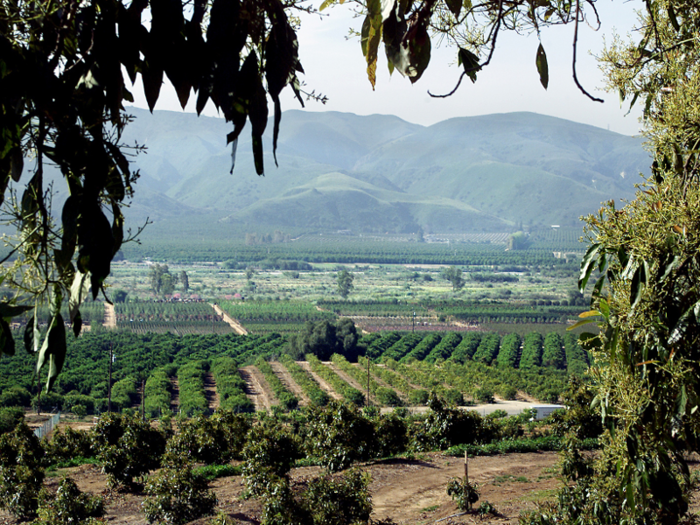
Fun fact: before the computer and electronics companies moved in, the region was poetically known as the "Valley of Heart's Delight" in the early 1900s for the fruit orchards that populated its fields. Apricots, prunes, and almonds were just some of the foods grown here.
No one knows for sure who exactly coined the moniker of Silicon Valley, but it was popularized by a technology reporter named Don Hoefler in the 1970s. The name stuck, clearly, and now not only does Silicon Valley denote a physical part of the world, but the name has also come to represent the rise of the internet, the digital world, and tech wealth, among other things.
2. Which city is known as Silicon Valley?
Silicon Valley isn't a city — it's a region encompassing many cities. There's Mountain View (Google's backyard) and Cupertino (where Apple set up shop,) just to name a few. Some say the unofficial capital of Silicon Valley is Palo Alto, which is also home to Stanford University where many a CEO and founder have been bred. Others say that San Jose is actually the capital of the tech region.
Some people roughly include San Francisco when talking about the Silicon Valley region, but Silicon Valley proper is more to the south of the Bay Area, where San Jose, Menlo Park, Palo Alto, and Mountain View are located.
San Francisco may not be indisputedly apart of Silicon Valley, the place, but it is undoubtedly a part of the Silicon Valley mindset.
3. When was the Silicon Valley boom?
We're assuming this question refers to the dot-com boom or bubble that began in the late 1990s and burst in the early 2000s. This was when the internet became more readily available to the masses.
Investors poured cash into what they saw as promising startups catering to this new internet craze, only for the market to discover a lack of profitability in some of these companies, which resulted in stock price slashes. Even some of the more established companies took a hit, like the Bay Area-based Cisco and Sun Microsystems. The boom now serves as a cautionary tale for speculative investment and too-good-to-be-true tech startups.
4. Why does Silicon Valley pay so much?
According to Glassdoor, the median salaries at the region's highest-paying tech companies range from $133,000 to $171,000. The best and the brightest software engineers and developers that flood the region are in high demand as tech companies compete for their skill sets. High demand means more competitive salaries to recruit the best of the best.
And Silicon Valley tech startups are famous for pay packages heavily weighed with equity. If a startup gets acquired or goes public, that equity can turn into a windfall (and, similarly, if the startup goes bust, the equity becomes worthless).
This is also why you hear of out-of-the-box company office perks, like free lunches, massage rooms, and being able to walk around barefoot at work.
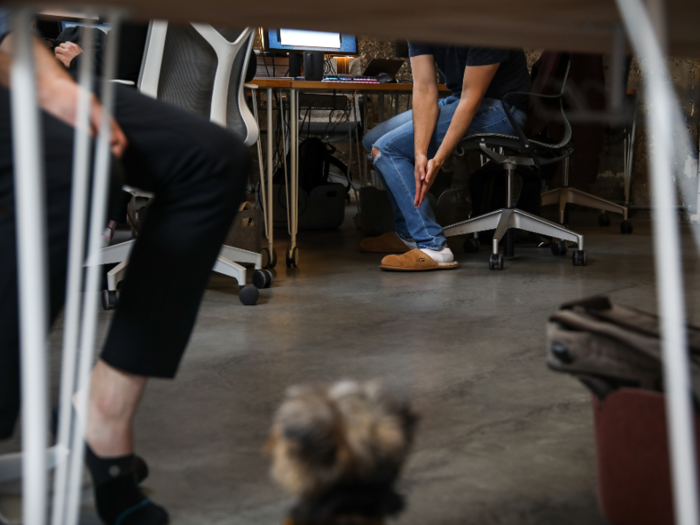
The world runs on the internet, and to ensure that their products are being run by the smartest of the tech talent stock, companies have to be prepared to offer quite a bit in salary, equity, and job perks.
Read more: Silicon Valley's newest startup trend? Shoeless office policies.
5. Who are the Silicon Valley billionaires?
The richest people in Silicon Valley are going to be tech founders, venture capitalists, and real estate titans.
So think Facebook founder Mark Zuckerberg, Oracle co-founder Larry Ellison, Google co-founders Larry Page and Sergey Brin, and Tesla's Elon Musk.
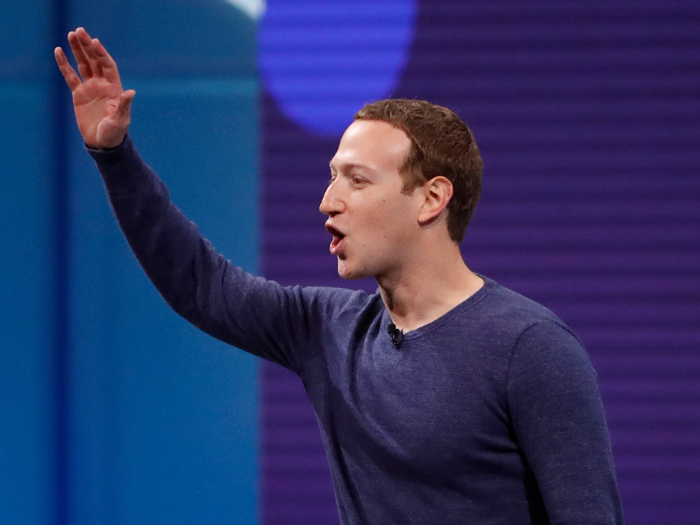
One could also include Twitter's Jack Dorsey and Salesforce's Marc Benioff in this mix, but again, it depends on where we're drawing the geographical boundaries of Silicon Valley — Twitter and Salesforce are based in San Francisco.
6. Why are Silicon Valley billionaires starving themselves?
Great question, internet. We're assuming the question is referring to the tech bro fad of fasting, one of many "biohacks" in Silicon Valley in which techies bent on outsmarting the human system adjust their daily habits and diet to what they believe will increase efficiency, productivity, and longevity.
Tech workers across the board, from Facebook's director of analytics Dan Zigmond to former Evernote CEO Phil Libin, have partaken in the practice.
There's even a club of biohacking techies in the Bay Area called WeFast whose members participate in intermittent fasting, or abstaining from food for anywhere between 14 hours to several days, as reported by Business Insider's Melia Russell.
One of the most vocal fasting enthusiasts has been billionaire Twitter CEO Jack Dorsey, which may be what the question is referring to specifically.
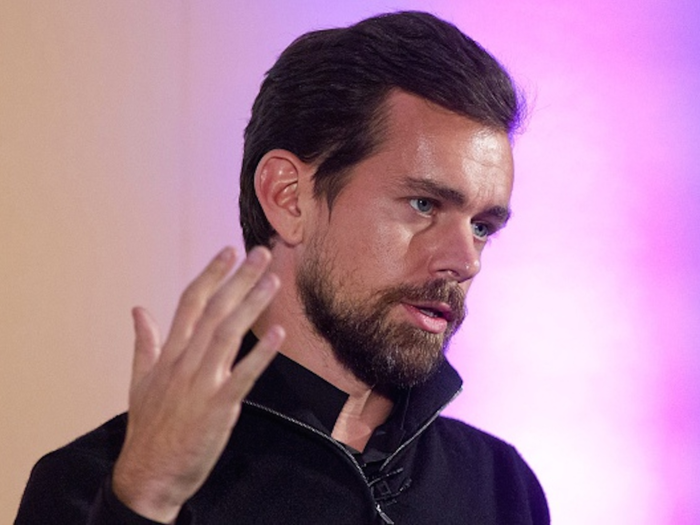
In early 2019, Dorsey told fitness author Ben Greenfield that he eats one meal on weeknights and fasts for the entire weekend — so basically five meals a week.
"It really has increased my appreciation for food and taste because I'm deprived of it for so long during the day," Dorsey told Greenfield.
A scientific study has yet to conclude just how beneficial intermittent fasting is to one's health, and some nutrition experts have said it could be a gateway to disordered eating.
And as The Guardian's Arwa Mahdawi points out, it's historically been viewed as problematic when adolescent girls abstain from food. Now that tech bros are doing it, the practice has been dubbed a form of biohacking instead of dieting.
7. Why Silicon Valley is stuck in the past in sexism?
The valley has long been a boys' club. But before the semiconductor industry got up and running in the mid-20th century, software programming was a job occupied and championed by women until it was decided that men were somehow more aptly suited for the task. The tech world was then overtaken by men, and the fratty, tech bro culture eventually became the norm.
Author Emily Chang explores the topic of the valley's sexist bro culture in her book "Brotopia: Breaking Up the Boys' Club of Silicon Valley."
Chang's book details how sexism is deeply ingrained in the region's history and in the tech industry overall as men are given an advantage over women in tech roles and opportunities.
Even into the new millennia, the tech world is rampant with sexism, discrimination, and sexual harassment.
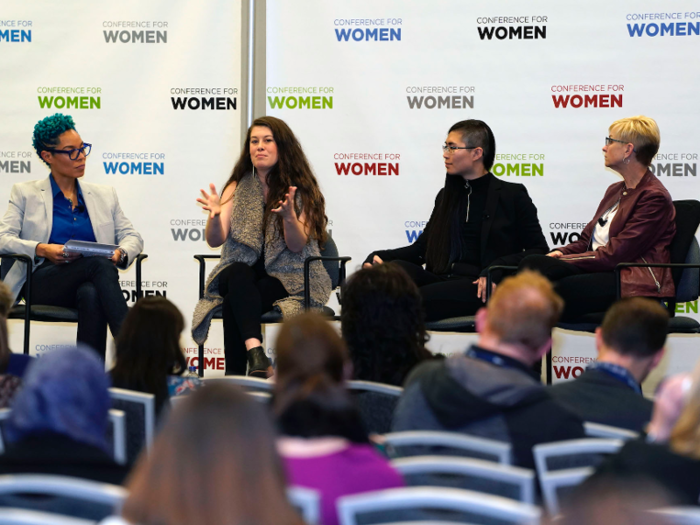
Women-led companies receive only 2% of venture capital funding. Less than a quarter of computing and mathematical jobs in the US are occupied by women, as The Atlantic reports. Studies show that women in tech are interrupted more in meetings and are forced to learn how to deal with unwanted male advances in the workplace and at work functions. And reports consistently indicate that women in tech are not only evaluated based on their performance and talent but also on their personality.
These problems are even more pronounced for women of color in tech. A lack of racial diversity is even more glaring of an issue in the industry than is gender diversity.
Companies in recent years have attempted to exhibit more transparency in diversity numbers, and conferences and training sessions have been held to help counteract the lack of women and minorities in the field, but there's still a long way to go.
8. Can you visit Silicon Valley?
You definitely can. For all you tech enthusiasts, there are tour trips you can book, computer and internet museums to visit, and cultural landmarks and institutions to stop by.
Be forewarned though: the Valley is not built like the more tourist-centric San Francisco, particularly in that you can't easily walk everywhere.
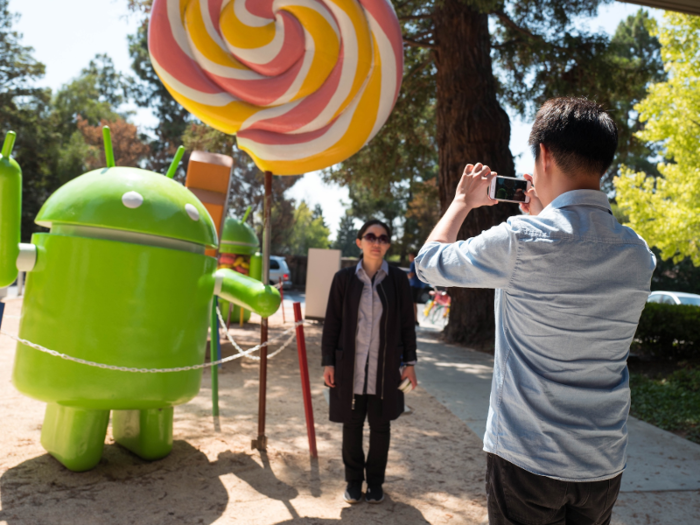
The region is more car-friendly, so make sure you have a rental car or access to a vehicle if you want to make a lot of stops across the Valley.
9. What can you learn from Silicon Valley?
This question could mean two different things, so we'll answer both.
The first is that aspiring entrepreneurs looking to found a company can learn a lot from the Valley and its success stories. With a quick online search, you'll see key lessons learned here that are aimed at young founders: make innovation part of your lifeblood and follow the customer, not the engineers, according to Inc. Be prepared to work 24/7 and jump through hoops of fire to make it happen, writes Entrepreneur.
Founders can use existing Valley startups as a template for what to do to start a successful company.
But the world can also learn what not to do by looking at certain parts of the Silicon Valley model.
Big tech's "Move fast and break things" culture has been a sort of defacto motto in the past until things got too broken, as Quartz's Alison Griswold writes.
Ride-sharing giant Uber has been hit with sexual harassment allegations and numerous federal investigations. The company also decided to ignore local regulations when first rolling out its fleet of vehicles in US cities in 2011, a feat copied by electric scooter startups Bird and Lime in 2017. The once-promising blood-testing startup Theranos, based out of Palo Alto, and its founder Elizabeth Holmes are facing criminal charges after allegations emerged of a scheme to defraud investors. And Silicon Valley veteran Facebook, which trademarked the "move fast and break things" adage, has been embroiled in scandal after scandal as the company's handling of its users' data has been called into question.
There's a lot to be learned from these Silicon Valley cautionary tales. We'll see going forward if the lessons actually stick.
Popular Right Now
Popular Keywords
Advertisement